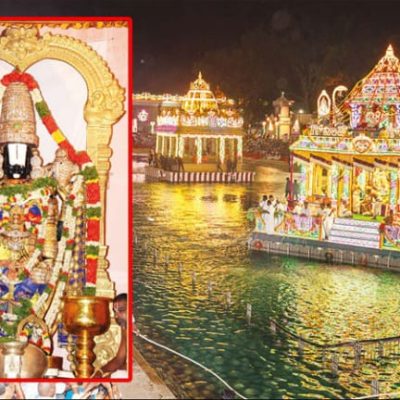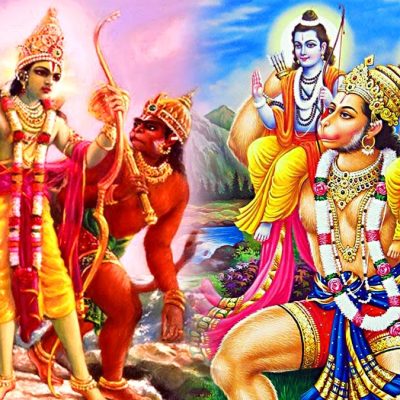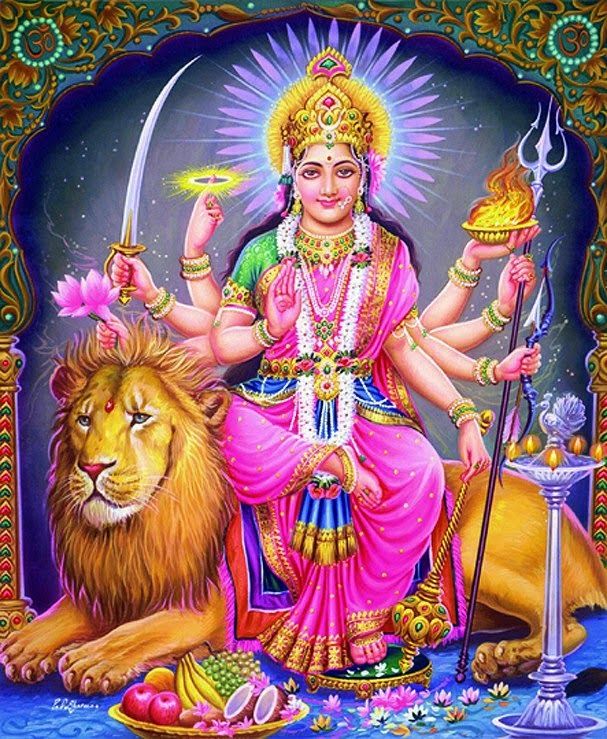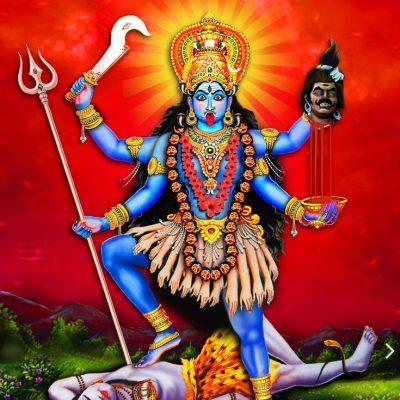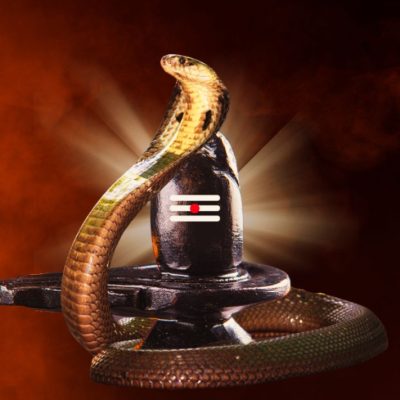Shri Panchakuta Digambar Jain Temple, Karnataka

Address
Shri Panchakuta Digambar Jain Temple Chaturmukha Basadi, Kambadahalli, Karnataka 571802
Diety
Adinatha
Introduction
Panchakuta Basadi (or Panchakoota Basadi) is a temple complex located in the Kambadahalli village of the Mandya district, Karnataka state, in southwestern India. It is one of the finest examples of South Indian Dravidian architecture of the Western Ganga variety, related to the Jain faith and iconography According to the historian K.R. Srinivasan, the temple complex, which was built by the kings of the Western Ganga Dynasty is assignable to the period 900–1000 CE. The historian I. K. Sarma however assigns an earlier date of 8th century, based on traces of early Pallava-Pandya and Chalukya-Pallava influences. Kambadahalli (whose name in the Kannada language literally translates to “village with pillar”) which is located 18 km from the famous Jain heritage town of Shravanabelagola, on the Mandya-Shravanabelagola highway, gets its name from the Brahmadeva pillar (Manasthambha) erected in front of the temple complex. From inscriptions, it is known that the temple complex has been renovated during later centuries, including the during the rule of the Hoysala Empire. Some of the sculptures and temple pillars are in dilapidated condition. The monument is protected by the Archaeological Survey of India as a “national monument”.
Puranic Significance
The temple was built in two phases. In the first phase, three shrines were constructed (trikutachala, three shrines each with a superstructure). The central shrine faces north, one shrine faces west and the other face east. The central shrine has a square superstructure (Shikhara) called Brahmachhanda girva-shikhara. The west and east facing shrines have superstructures called the Rudrachhanda griva-shikhara and Vishnuchhanda griva-shikhara respectively. The main central shrine houses the image of Adhinatha, the first Jain tirthankara (Teaching God). The west (right) and east (left) facing shrines have the images of later day tirthankaras, Shantinatha and Neminatha respectively. The images appear to be of well-polished steatite material and could be later day replacement. The base of this pillar is square and exhibits looped garland decorations, and at the top supports a two handed seated image of east facing Siddhayika.
Century/Period/Age
1000 years old
Managed By
Archeological survey of India.
Nearest Bus Station
Kambadahalli
Nearest Railway Station
Mandya
Nearest Airport
Mysore



